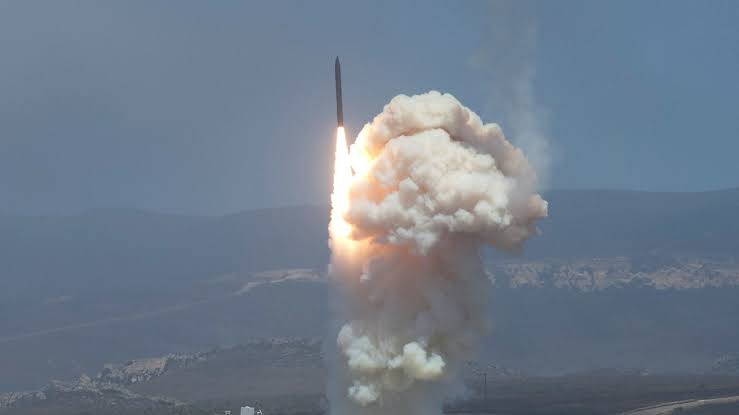India’s ballistic missile shield will Be Ready For Deployment By The Time The New Proposed Tri Service Air Defence Command Is Raised

India’s indigenous Ballistic Missile Defence (BMD) programme is complete, and one of the first task of the CDS will be working on a proposal to seek the Cabinet approval to install the missile shield in a phased manner over Vital Areas and Vital Points.
The BMD, along with the Russian S-400 Triumf air defence system, will secure the country from all kinds of incoming missiles, including nuclear, cruise missiles, drones and bombers.
“The BMD programme has been completed. All tests carried so far have been successful, including the radars and missiles.” Said a top government official.
The official, however, didn’t reveal much about other details of the programme.
The successful test of the anti-satellite (A-SAT) missile last March was a big boost to the BMD programme. India’s leap in space with the A-SAT test is especially significant because inter-continental ballistic missiles like China’s Dongfeng series travel through space before re-entering Earth’s atmosphere to hit the target.
The Chief of Defence Staff along with Ministry of Defence would be the nodal authority for the installation of the missile shield, once the matter gets nod of the Nuclear Command Authority and sanction of the Cabinet.
Once the permission is granted, the source added, it will take three to four years to put the shield in place because production of the required systems would take time. By next year the S400 system should start coming from Russia. By that time the tri service Air Defence Command as proposed by the Chief of Defence Staff should also start forming to take over the management.
Initially the first BMD system will be deployed around New Delhi.There after the systems will be deployed as planned and envisaged by the Air Defence Command based on operational and tactical parameters.
India’s BMD programme was launched in 1999 after Pakistan’s maiden nuclear test in 1998 and China’s progress in this sphere.
The BMD works on two levels — endo-atmospheric (within Earth’s atmosphere) and exo-atmospheric (the space stretching beyond Earth’s atmosphere).
While phase one deals with destroying incoming missiles at endo-atmospheric level, phase two works on the same at exo-atmospheric level.
India’s BMD arsenal consists of a Prithvi Air Defence (PAD) missile to intercept incoming missiles at a range of about 80 km in altitude and an Advanced Air Defence (AAD) missile for altitudes of 15-25 km.
Pakistan had last year claimed that it has the capabilities to counter the BMD.




